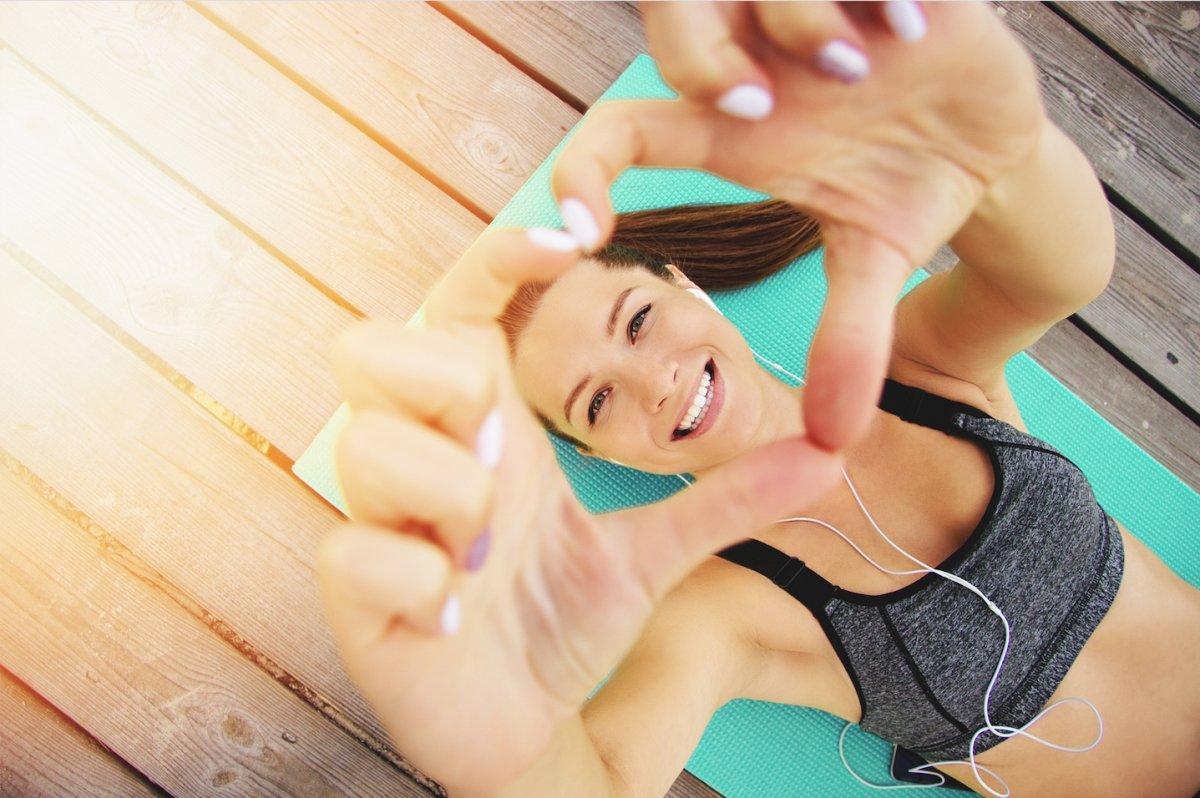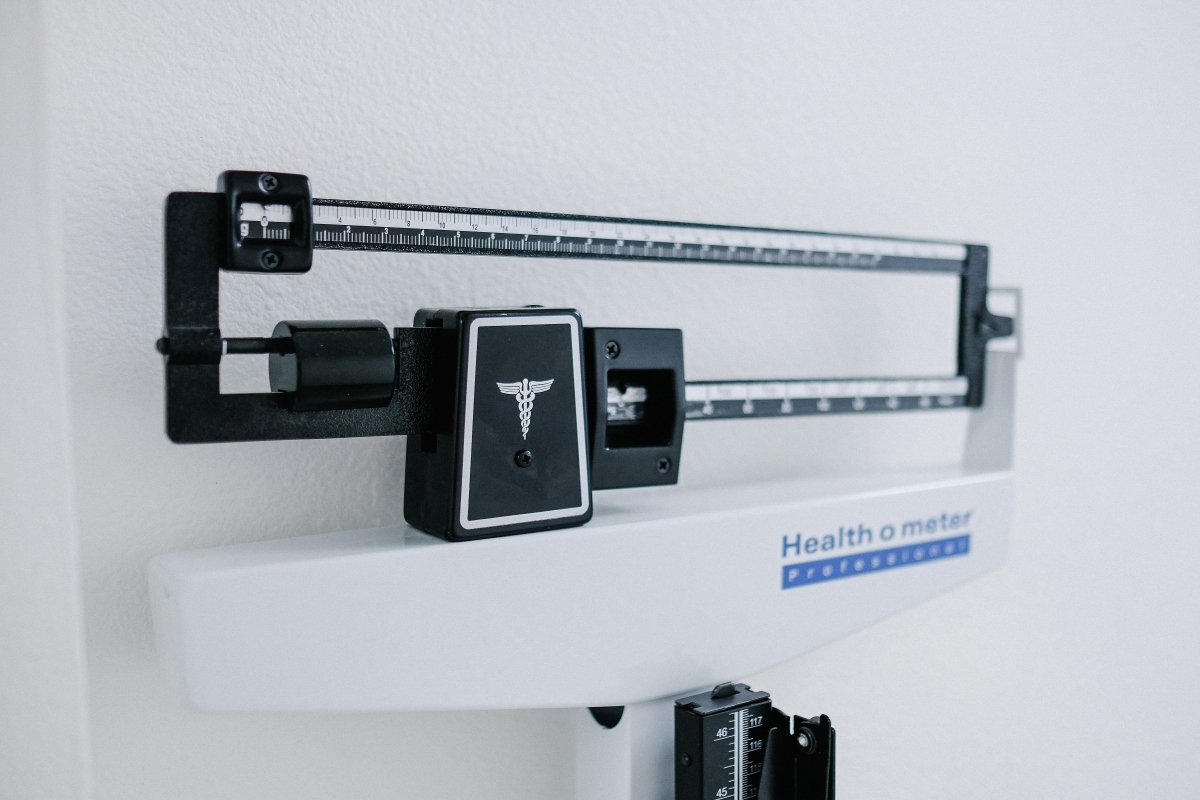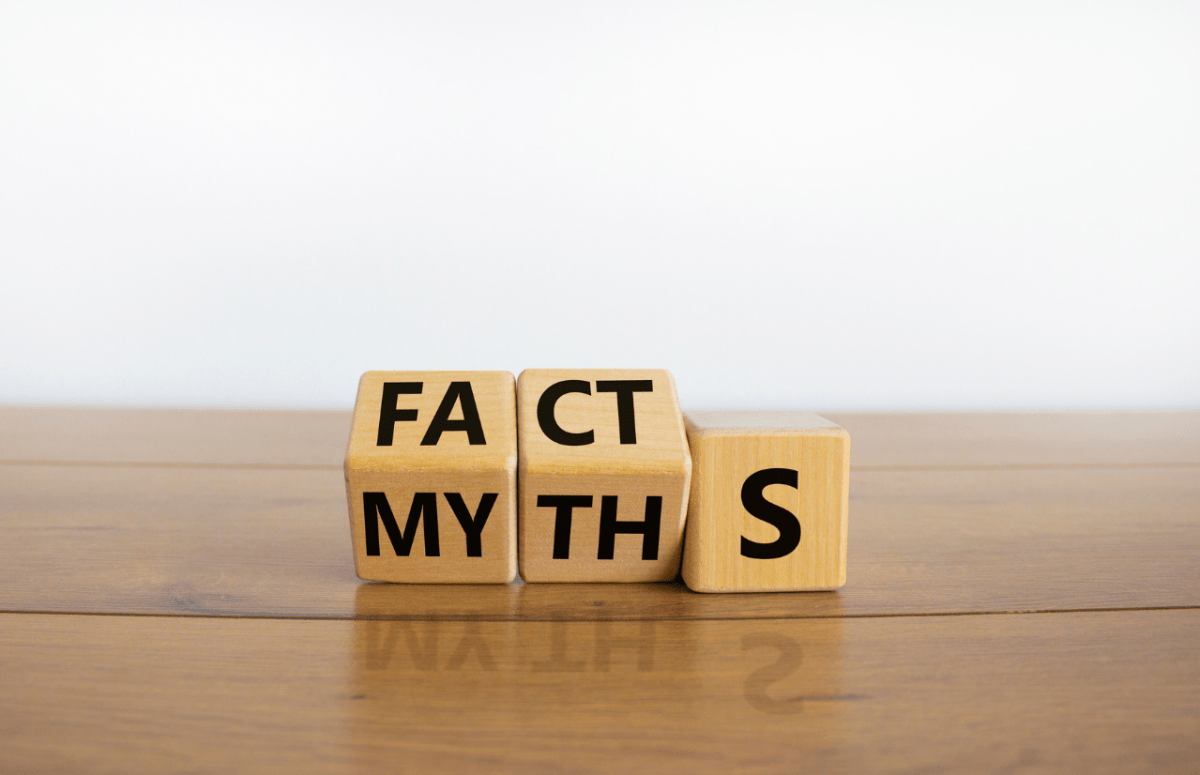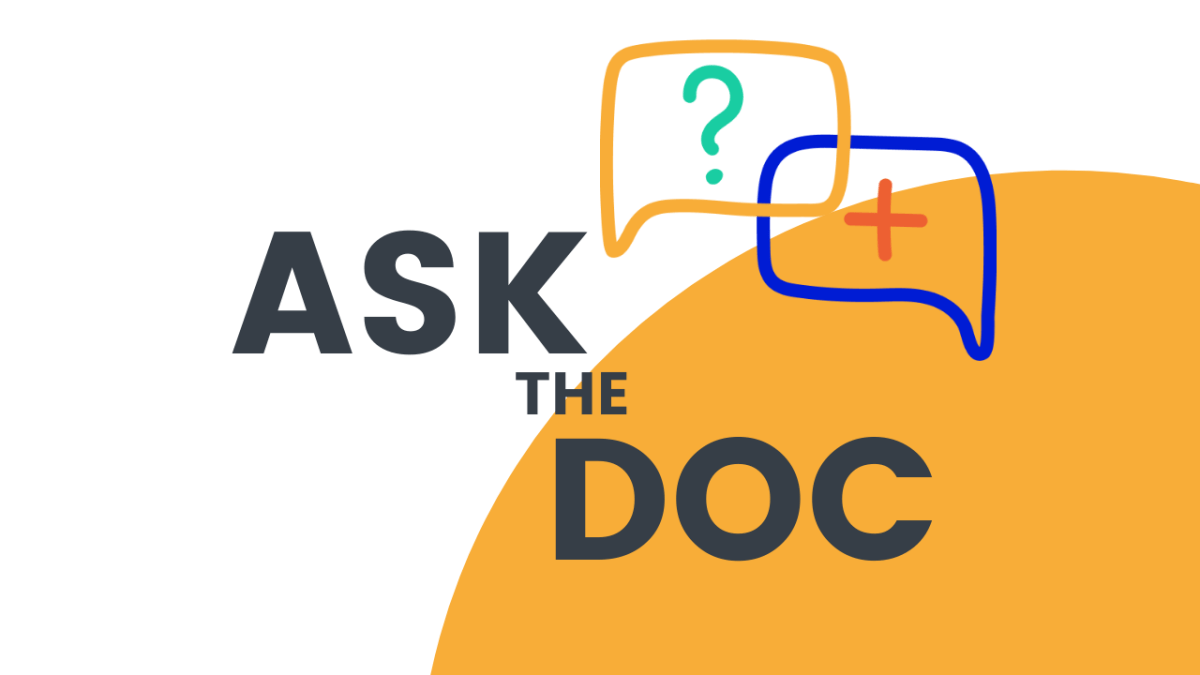It is well known that exercise is crucial for your health, and one of the fringe benefits of exercise is to prevent and lower elevated blood pressure.
First, let’s understand what blood pressure actually means. When your heart beats, the blood is pumped out from the heart to the arteries, they then carry the blood around your body. The force of blood pushing against your artery walls is defined as blood pressure. Blood pressure is measured using two numbers. The first number (higher), called systolic blood pressure and the second number (lower), called diastolic blood pressure. Normal blood pressure reading should be between 90/60 millimetres of mercury (mmHg) and 120/80mmHg.
Your blood pressure can increase, this is known as hypertension. Sustained high blood pressure possesses some very dangerous effects to your health. Having hypertension indicates that your heart has to work harder in order to pump blood around your body. This extra pumping effort forces blood to push against the artery walls, which can result in weakened heart muscles as well as hardened and narrowed arteries leading to cardiovascular disease and stroke.
The good news is that hypertension is both preventable and treatable, exercise is one of the most important and effective ways of prevention. Remember that your heart is a muscle and you can strengthen it. A stronger heart can pump more blood per beat with less effort, therefore, the force on your arteries decreases and your blood pressure will decrease.
The most effective way to make your heart muscle stronger is by doing aerobic exercise to build up your cardiovascular stamina. Aerobic exercises are repetitive and rhythmic movements including jogging, walking and swimming. Such activities reduce resistance in arteries so that blood can circulate more freely, and can decrease your systolic blood pressure by an average of 4 to 8 (mm/Hg). This is as good as some blood pressure medications. However, to keep your blood pressure low, you need to ensure you are exercising on a regular basis. Diet is also a key factor in reducing a high blood pressure, foods high in salt should be avoided and fruit and vegetable intake should be increased.
Exercising will increase your blood pressure for a short period of time to provide your muscles with oxygen and energy, but should soon return to normal. This temporary increase in blood pressure during exercise provides long-term benefits for keeping blood pressure low.
Do keep in mind, if your blood pressure is relatively high, you should first consult with your doctor before starting an exercise programme. Your genetics can also help you to analyse how your blood pressure changes in response to physical activities. Combining all information, you can make vital decisions regarding your exercise programme and diet. And therefore, your overall health and wellbeing.





Share:
Cardiovascular Diseases in 2019
Blood Tests. The DIY trend, its ups, and downs.